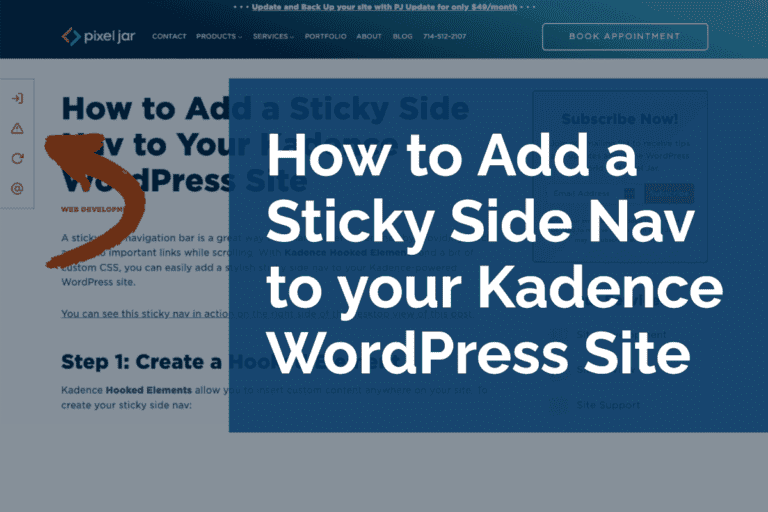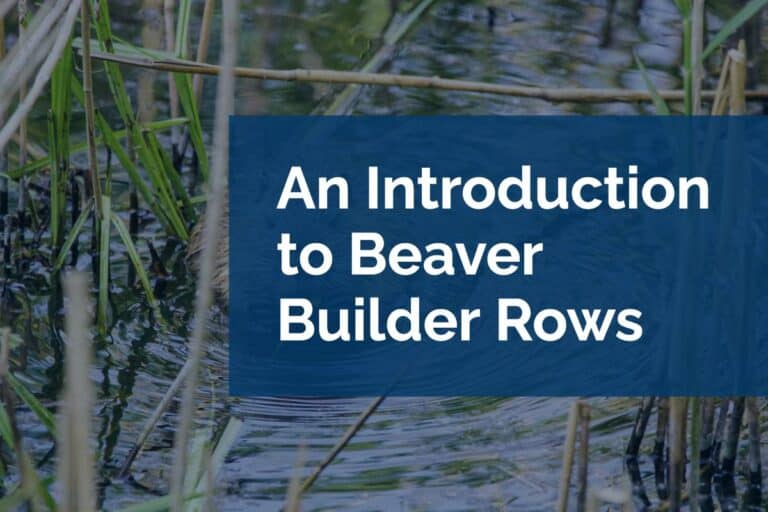Limited Website Design Templates
This is the third part of a five part series dealing with custom web design. In this part we’re going to focus on limited website design templates on a project.
Focusing on What’s Important
Sometime a Full Design overshoots the target. With some projects, only key designs need to be developed and the rest of the site can be inferred from those developed elements. This is where Limited Design comes in. These are sites where aesthetics are important, but working out the minutiae of each detail has diminishing returns. This could be a membership site where the sales and conversions pages are crucial for design, but the design element can be translated to the subscriber’s section without having to go through a full design process. This could also be a site where the owner wants to have control of the content and layout and just wants a template as a starting point.
Maximizing Website Design Templates
With projects like this we’ll have the same initial conversation with clients as we would with a Full Design about goals, wants, and needs. If there is an existing site we’ll go through the same steps of assessing the current site’s analytics to understand the demographics of the site’s users.
From here, however, a Limited Design project diverges from the Full Design. We identify key templates that need to be developed rather than all templates. At a minimum that usually includes a Home and a General page. With a General page we develop a template that has all the content elements a site may have developed as reusable modules. That way a site owner can later use those elements like Legos to construct other pages. These are elements like titles, paragraphs, lists, images, icon rows, stat bars, and so on. Some projects will have other key templates that may need design like a Product page, or a Landing page.
Pulling the Pieces Together
When the designs are complete, we develop the key templates and save all the General page elements into reusable items. We train the site owner on page development and site management. The site owner then fills out the rest of the site and takes over management. Often we’ll remain engaged with our clients for limited maintenance, heavier development, council, and tutelage. But the basic maintenance and content development is now in the hands of the client, empowering them to control their message.
Examples
Recent sites that have been developed with this methodology are MemberPress and The Ethical Society of St. Louis. Both are sites that had key templates that needed careful UX and UI considerations, but also contained many standard content pages that didn’t need the attention of a full design process.
Read Part 1 of the Series – Custom Website Design Processes
Read Part 2 of the Series – Full Custom Web Design
Read Part 4 of the Series – Good Website Design In-Browser
Read Part 5 of the Series – Choosing the Best Website Design Process
Please note: Links to external companies may be affiliate links. If you use our links, we may earn a small commission.






